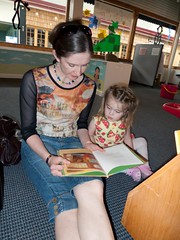 In a recent article in the New York Times, economics professor Nancy Folbre helps us understand why men have not only experienced greater job loss during the current recession but have also continued to suffer during the economic recovery.
In a recent article in the New York Times, economics professor Nancy Folbre helps us understand why men have not only experienced greater job loss during the current recession but have also continued to suffer during the economic recovery.
As Folbre explains, the higher job loss does not come without historical precedence.
The Great Recession has sometimes been dubbed the Mancession because it drove unemployment among men higher than unemployment among women. Because men tend to work in more cyclical industries than women, they have historically lost more jobs on the downturn and gained more on the upturn.
However, the current upturn, has not followed this trend due to the decline in the jobs that men usually fill.
For example, men constitute more than 71 percent of the work force in manufacturing but less than 25 percent of the workers in health and education services…These two employment categories were similar in size in 2000, but manufacturing employment has failed to rise, even in non-recession years. Employment in health and education, in contrast, has risen slowly, but steadily.
The question than becomes, why aren’t more men moving to jobs traditionally occupied by women? Holbre turns to Stanford sociologists Maria Charles and David B. Grusky’s book Occupational Ghettos who illustrate how “gender segregation is a remarkably persistent and complex phenomenon shaped by deep cultural beliefs.” Or to put it more simply, men don’t want the jobs that are thought of as being ‘for women’.
With nursing and home health being projected to grow the most rapidly between now and 2018 and manufacturing jobs continuing to be outsourced to overseas locations, it appears it might be time for men to trade in the work boots for some tasteful loafers.







